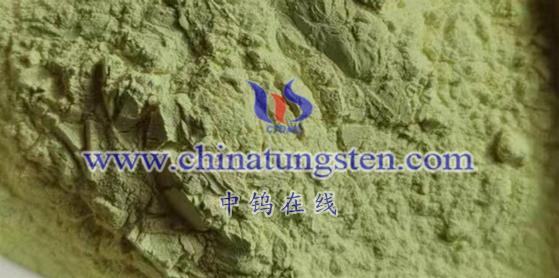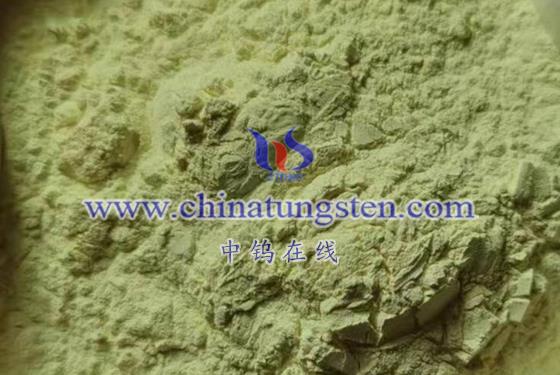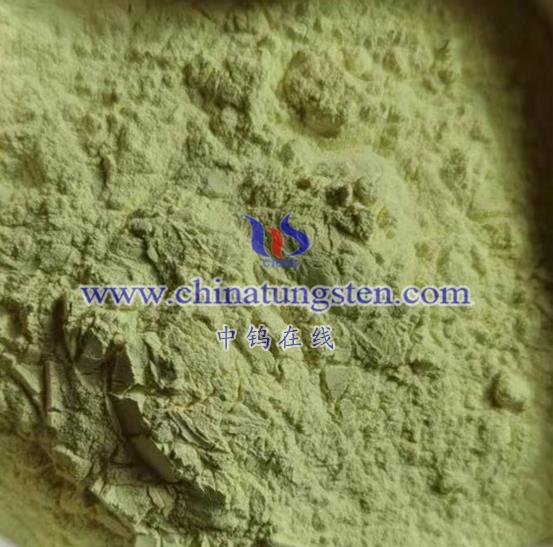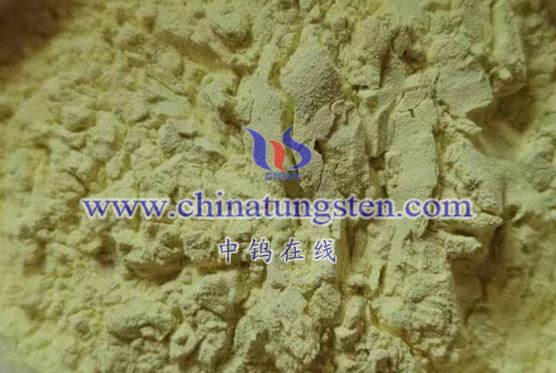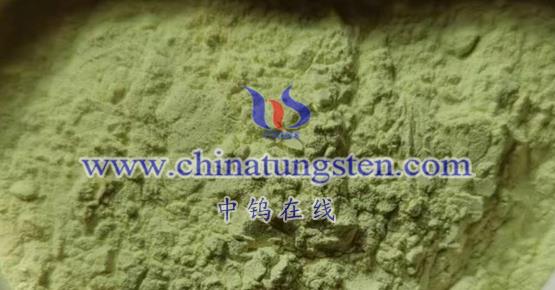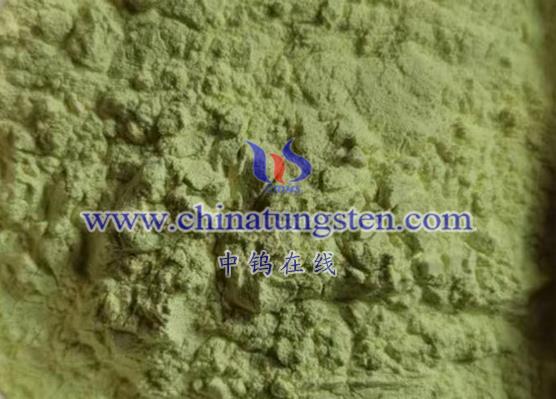
Nano-tungsten oxide (WO3) has various applications in the field of biosensing, primarily based on its unique physicochemical properties such as good biocompatibility, photoelectric performance, and tunability. Here is a detailed summary of the main uses of nano-tungsten oxide in biosensing:
- Photoelectrochemical Biosensors
- Principle: As a photoactive material, nano-tungsten oxide can generate photocurrent or photovoltage under light exposure. The changes in these photoelectric signals are closely related to the interactions with biomolecules (such as proteins, DNA, and small metabolites).
- Application: Researchers have developed photoelectrochemical biosensors based on nano-tungsten oxide for detecting specific biomarkers within living organisms. These biosensors can be used to monitor metabolites such as glucose and lactate, as well as disease-related protein markers.
- Gas Sensors
- Although gas sensors are typically not directly classified under biosensing, the excellent performance of nano-tungsten oxide in gas sensing also opens avenues for its applications in the biomedical field. For instance, by detecting specific components in respiratory gases (like volatile organic compounds), it can indirectly reflect a person’s physiological state or disease conditions.
- Nano-tungsten oxide gas sensors are characterized by high sensitivity, selectivity, and rapid response, enabling precise detection of trace gases. These sensors hold potential applications in the diagnosis of respiratory diseases and environmental monitoring.
- Biocompatible Sensors
- Due to its good biocompatibility, nano-tungsten oxide can be designed as a biosensor that directly contacts biological tissues or cells. Such sensors can monitor physiological parameters or changes in biomolecules in real time, providing accurate data support for disease diagnosis and treatment monitoring.
- Multifunctional Composite Sensors
- With advancements in nanotechnology, researchers can combine nano-tungsten oxide with other functional materials (such as magnetic nanoparticles and quantum dots) to create composite sensors with multiple detection capabilities. These sensors can simultaneously detect various biomarkers or environmental parameters, enhancing the accuracy and comprehensiveness of detection.
- Development of Novel Sensors
- The applications of nano-tungsten oxide in the biosensing field are continuously expanding and innovating. Researchers are exploring the integration of nano-tungsten oxide with other emerging technologies (such as microfluidics and nanofabrication) to develop biosensors that are more sensitive, rapid, and portable.
In conclusion, nano-tungsten oxide presents a wide range of application prospects and significant research value in biosensing. Its unique physicochemical properties enable it to showcase distinctive advantages in photoelectrochemical biosensors, gas sensors, biocompatible sensors, and multifunctional composite sensors. As technology continues to advance and application fields expand, the utilization of nano-tungsten oxide in biosensing is expected to become increasingly widespread and in-depth.
More details of tungsten oxide product, please visit website: tungsten-oxide.com
Please contact CHINATUNGSTEN for inquiry and order of tungsten oxide:
Email: sales@chinatungsten.com
Tel.: 86 592 5129595
